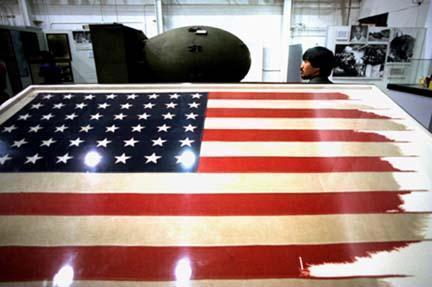-
 Fifty years from Trinity
Fifty years from Trinity
Full text of the special section
 Deeper
into things
Deeper
into things
Supplementary material
 Interactive
activities
Interactive
activities
Take a quiz, share your
thoughts, study guide and more
 Internet
links
Internet
links
A collection of related sources across the Net
 The
Seattle Times
The
Seattle Times
Information about our newspaper
and electronic services
Note to teachers and students: You will see there are a
number of different ways to use this material. We suggest you
begin by reading through the main articles from the Trinity
special section, then returning to visit any of the hyperlinks
marked in those articles that take you to more in-depth
information. Check the Interactive section for a
special
Study Guide, including ways you can learn more about this subject
and sharpen your Internet skills at the same time. More information is also available about our Newspapers in Education program.

Up to Seattle Times
homepage
Copyright, 1995, Seattle Times Company




